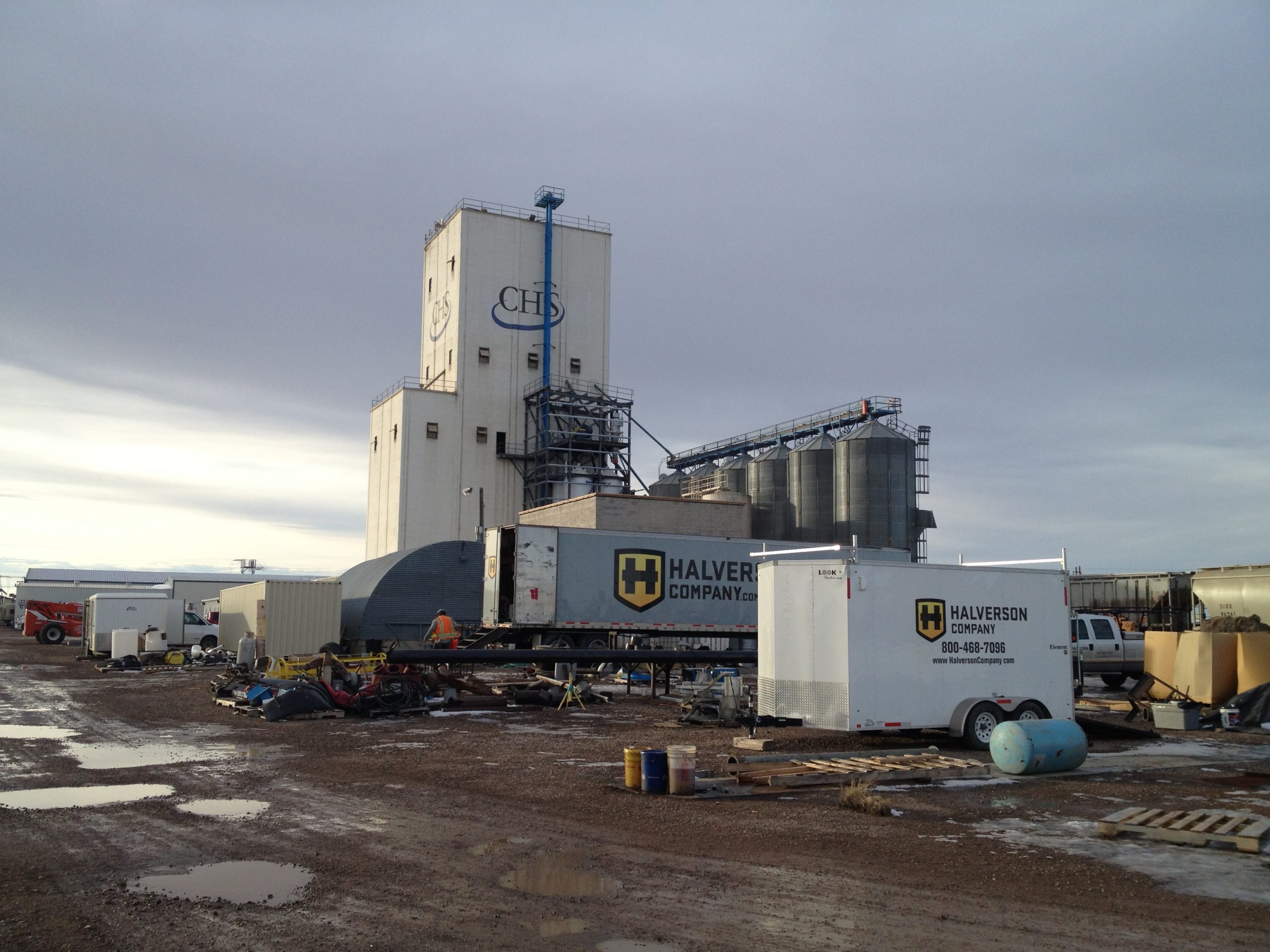There are many things to consider when operating and configuring a feed mill. The goal is to get as much high-quality product out the door as efficiently and as cheaply as possible. Feed processing typically involves several steps, including sequencing, grinding, mixing, and distribution. Use the latest milling technology to implement these best practices into your business model.
Uniform Particle Size
When grinding source ingredients, the feed mill mixing particles should be as uniform in size as possible. Every animal comes with its own dietary restrictions. If your particles vary too much in size, it could harm the digestive lining of some of your animals. This will also disrupt the feed mixing process. The feed should be relatively similar in size and shape, so the particles distribute evenly throughout the entire batch. Otherwise, larger particles tend to sink to the bottom, while smaller pieces rise to the top.
Hammer Mill Technology
It’s best to update your hammer milling technology as the industry evolves. The Buhler Multi-Impact Hammermill Grinder comes with a partially enclosed grinding chamber that bounces the particles around, so that they hit the cutting plates more than once before exiting through the screen. This ensures that the particles are uniform in size and shape. It also reduces friction, which lowers the overall temperature inside the grinding chamber, thus improving the nutritional value of your feed. Excess heat and friction can also lead to delays, equipment damage, and high utility costs.
Mixing Paddle Shape
When mixing ingredients, the goal is to produce homogeneous feed, so that every bite or portion contains roughly the same amount of nutrients. That’s why it’s best to use a paddle-shaped mixer, such as the Buhler Speedmixer, as opposed to ribbon-shaped mixers. This reduces the amount of empty space in the chamber, so the particles are constantly moving. The paddles reach the ends of the chamber to get rid of residue that could otherwise contaminate your feed. Paddle mixers are also much easier to maintain and clean than other types of mixers.
Proper Sequencing
Come up with the ideal sequence for each recipe to increase efficiency. Find out if it’s better to grind up your products before mixing them, or vice-versa. It may make more sense to grind your ingredients up beforehand to improve the uniformity of the feed, but this usually requires additional storage. You could also grind up all your ingredients after they have been mixed to save time and money, but this could reduce the homogeneity of the feed or damage your equipment.
Regular Maintenance and Cleaning
Make a point to regularly clean and inspect your milling equipment. The grinding and mixing chambers should be free of debris before loading in another batch. The Buhler Speedmixer comes with a walk-in door, giving you complete access to the mixing chamber. This makes it easy to rinse off the interior. You can quickly get rid of residue that could contaminate your feed.
Since 1914, Halverson has been a Salt Lake City Construction builder of bulk materials handling, storage and processing systems, and facilities. Contact Halverson Company for more information on feed mill best practices.

